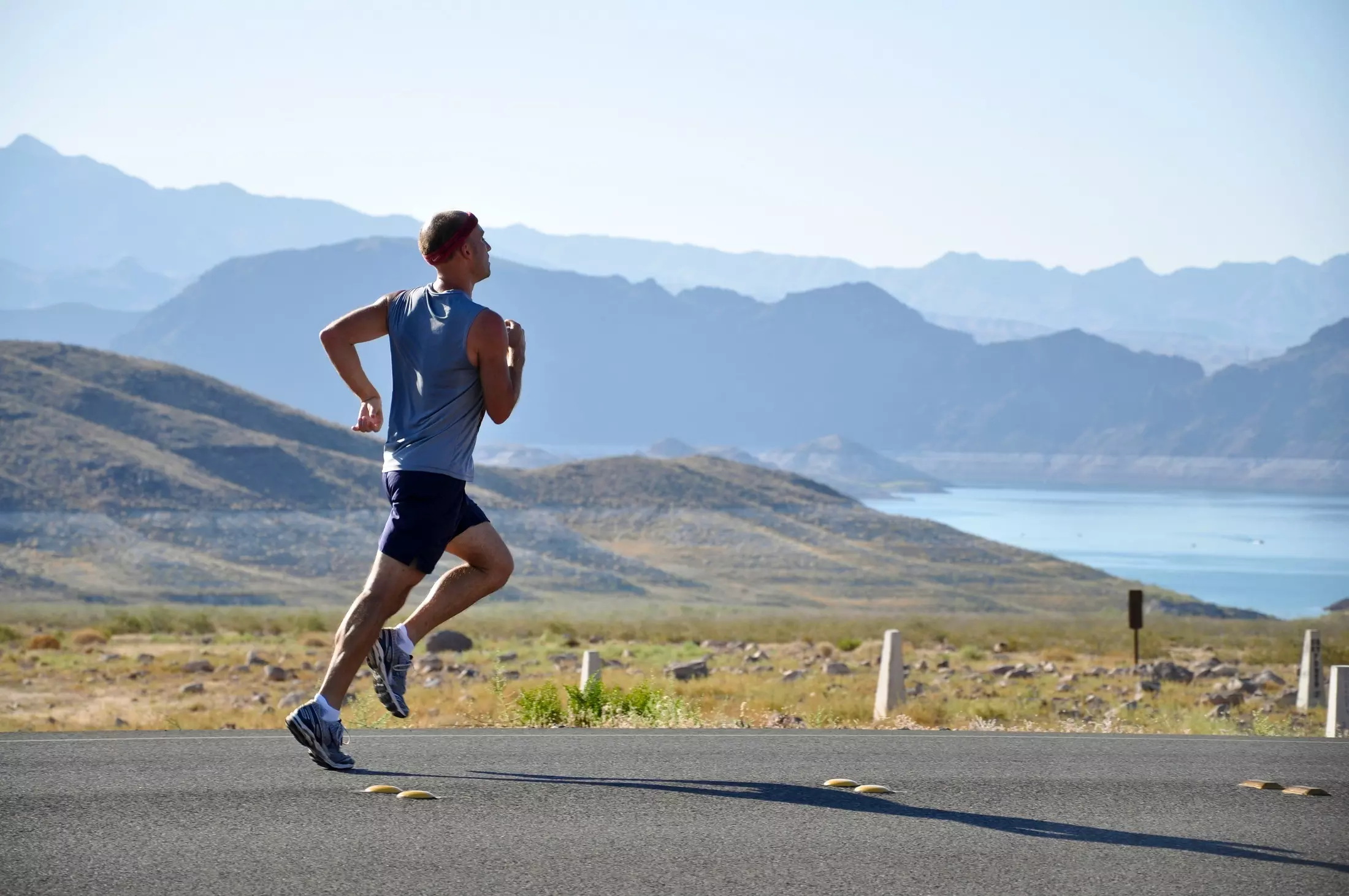How Blind and Partially Sighted People are Using Sport to Break the Barriers of Limitation
2018-03-22 | By Orcam Staff

For thousands of years, humans have been playing sports. However, the commercialization and professionalization of sports in recent times has increased the stature of sports in society and significantly boosted participation rates. While many sports rely on the use of sight, visual impairment does not mean giving up on sports. Whether it is leisure exercise or competitive sport, there are a range of options for people who are blind or partially sighted. Some sports have been specifically adapted, others require a guiding partner, and some can even be performed at full capacity without special requirements.
Here are some interesting things about the world of sport for blind and partially sighted people:
Paralympics
The Paralympic Games is a major, international, multi-sport event which is the equivalent to the Olympics for athletes with a range of physical disabilities. There is both a summer and a winter Paralympics which brings together thousands of the worlds most talented “para” athletes to compete on a global stage.
The visual impairment category ranges from partial vision (sufficient to be judged legally blind) to total blindness. Visually impaired athletes compete in sports such as athletics, swimming, skiing, soccer, judo, shooting and more. For visually impaired athletes, the gold medal at the Paralympics is the holy grail of sports. You can read Katrin’s story and how she won a medal in the Paralympics.
Goalball
Goalball is a team sport specifically created for athletes with visual impairment. Goalball was invented in 1946 by Austrian Hanz Lorenzen and German Sepp Reindle to assist the rehabilitation of veterans blinded in World War II. Goalball is played exclusively by blind and partially sighted athletes, and all players must wear opaque eyeshades to ensure fair competition. Each team has 3 players on the court at a time and the object of the game is to throw a ball past the opposition’s defense and into their net.
Amazing Feats
There are always humans pushing themselves to the very limit to achieve feats never thought possible before. This is no different among blind and partially sighted people. In 2001, Erik Weihenmayer surmounted the world’s greatest heights, becoming the first blind person to climb Mount Everest.
At the 2000 Sydney Olympics, Marla Runyan became the first blind athlete to participate in the Olympic games, placing 8th in the 1500-meter race. Derek Rabelo was born legally blind, yet learned to surf when he was just 3. These remarkable people emphasize that breaking barriers and achieving the seemingly impossible is not something reserved for the sighted.
Completing triathlons without vision
A long-distance, grueling combination of swimming, cycling and running seems like a competition that would require vision. Yet, remarkably, this hasn’t stopped numerous blind and partially sighted people from rising to the challenge. To participate in such an event, blind and partially sighted people are connected by a tether to a ‘pilot guide’ during the running and swimming stages, and ride a tandem bike during the cycling portion.
Steve Walker is an ex-marine officer and just one of many blind or partially sighted triathletes. Walker was blinded by retinitis pigmentosa, but that was no reason for him to stop doing what he loved and dreaming big. Walker went to Hawaii and completed an Ironman, renowned as one of the most difficult sporting events in the world. Walker is one of many blind or partially sighted people who harness the world of sport to put aside their disability and express their capability.
Need for improvement
Despite the increased opportunities and the growing, global stature of the Paralympic games, there are still too many blind or partially sighted children sitting on the sidelines. A recent study found that of the 52,000 blind or partially sighted school-aged children in the United States, nearly 70% do not participate in even a limited physical education.

While this may seem like an isolated matter, numerous studies have confirmed the positive impacts of exercise on academic performance, wellbeing and general health. But many studies have also shown that the benefits to those who live with impairments are even more pronounced. It is therefore imperative that further measures are taken to increase the percentage of blind and partially sighted kids involved in physical activities so that no one involuntarily misses out on the wonders of sports.
For blind and partially sighted people, sports can be a gateway to social inclusion, improved health, and increased confidence and self-esteem. Michael Jordan famously said, “Just play. Have fun. Enjoy the game.” This quote beautifully exemplifies the value of sports and the positive impact they can have on both the individual and the collective. Visual impairment does not have to preclude people from playing sports they love and enjoying the marvels of this wonderful phenomenon.



